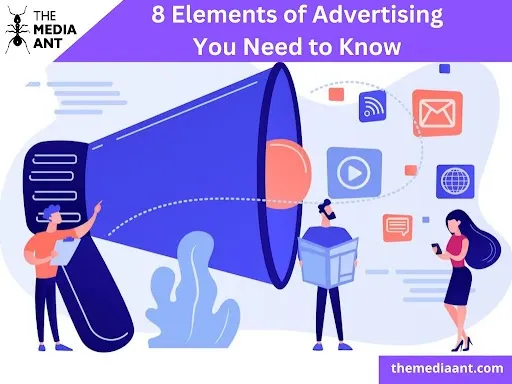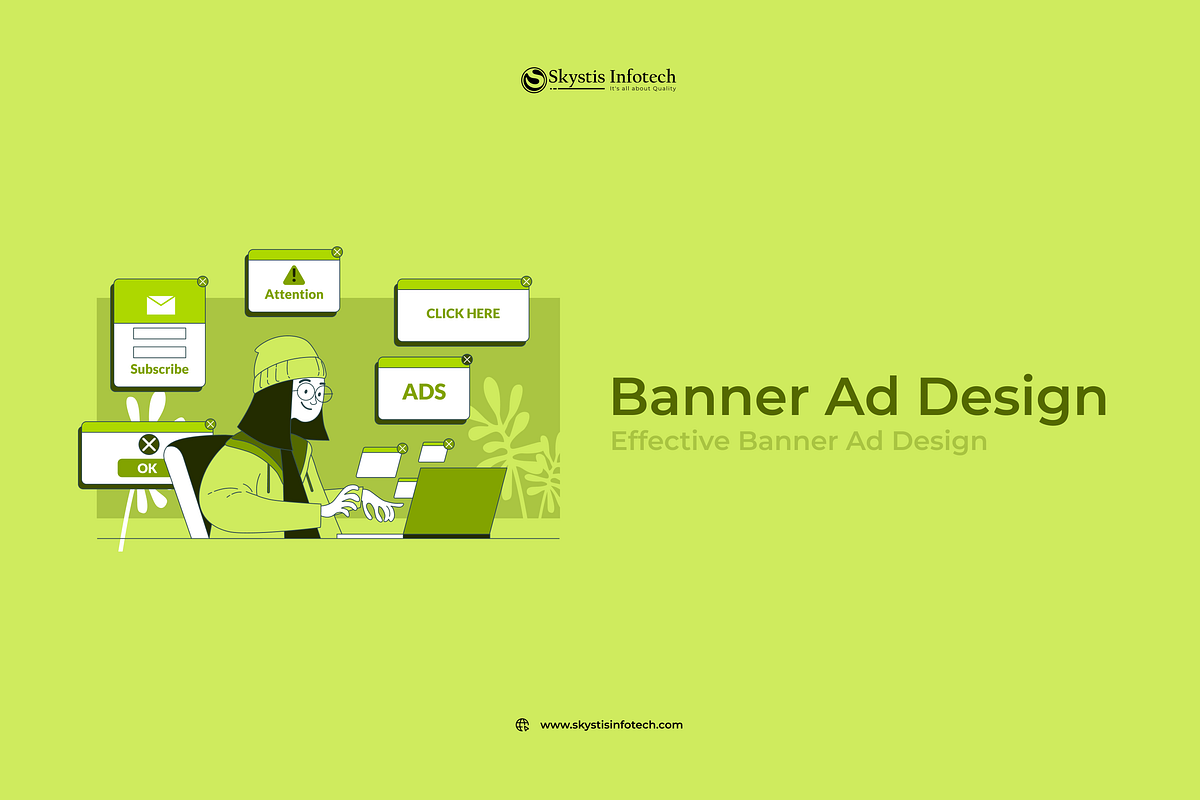
Banner ads are a staple of digital advertising, offering a visual way to capture attention and drive traffic to your website. However, creating an effective banner ad strategy requires more than just designing eye-catching visuals. It involves a strategic approach that considers audience targeting, design principles, and performance measurement. Below are the key elements that make up an effective banner ad strategy.

Effective Banner Ad Strategy
1. Clear and Compelling Messaging
Focus on a Single Message
An effective banner ad conveys a single, clear message that is easy to understand at a glance. With limited space, it’s essential to focus on one key point, whether it’s a promotional offer, product announcement, or brand message. Overloading the ad with information can confuse viewers and reduce the ad’s impact.
Create a Strong Call-to-Action (CTA)
The call-to-action (CTA) is one of the most crucial elements of a banner ad. It should be clear, compelling, and encourage the viewer to take immediate action. Phrases like “Shop Now,” “Learn More,” or “Get Started” are simple yet effective. Position the CTA prominently within the ad, ensuring it stands out from the rest of the content.
2. Visually Appealing Design
Use High-Quality Images and Graphics
Visuals are the first thing people notice in a banner ad. High-quality images and graphics are essential to attract attention. Choose visuals that are relevant to your message and resonate with your target audience. Ensure that images are clear and not pixelated, even when viewed on different screen sizes.
Adopt a Clean and Balanced Layout
A well-organized layout helps guide the viewer’s eye through the ad, making it easier to process the information. Use white space effectively to avoid clutter and create a clean, balanced design. This makes the ad more visually appealing and ensures that the key message is easily digestible.
Incorporate Brand Elements
Your banner ads should reflect your brand’s identity through consistent use of colors, fonts, and logos. Incorporating these elements not only reinforces brand recognition but also helps build trust with your audience. Ensure that your brand’s personality shines through in the ad design.
3. Effective Targeting and Personalization
Define Your Target Audience
Understanding your target audience is critical to creating banner ads that resonate. Segment your audience based on demographics, interests, and online behavior. This allows you to tailor your ads to specific groups, increasing their relevance and effectiveness.
Utilize Data for Personalization
Personalization enhances the effectiveness of banner ads by making them more relevant to the individual viewer. Use data such as past behavior, location, or purchase history to customize the ad content. For example, showing products that a user has previously viewed can increase the likelihood of a click-through.
4. Strategic Placement and Timing
Choose the Right Platforms
Where your banner ads appear is just as important as the ad content itself. Select platforms and websites that align with your target audience’s interests. This ensures that your ads are seen by people who are more likely to be interested in your products or services.
Optimize Ad Placement
The placement of your banner ads on a webpage can significantly affect their performance. Ads placed above the fold (the upper part of a webpage visible without scrolling) typically receive more visibility and engagement. However, strategically placing ads within content or at the end of articles can also be effective, depending on the user’s journey.
Consider Timing and Frequency
The timing and frequency of your banner ads play a crucial role in their success. Use data and insights to determine the optimal times to display your ads, ensuring they appear when your target audience is most active. Additionally, control the frequency to avoid ad fatigue, where viewers become annoyed by seeing the same ad too often.
5. A/B Testing and Optimization
Conduct A/B Testing
A/B testing is a powerful tool for optimizing banner ads. Test different versions of your ads with variations in messaging, design, CTA, and placement. By comparing the performance of each version, you can identify what resonates best with your audience and make data-driven decisions to improve your strategy.
Analyze and Adjust
Regular analysis of your banner ad performance is essential for ongoing optimization. Monitor key metrics such as click-through rates (CTR), conversion rates, and return on ad spend (ROAS). Use these insights to refine your targeting, messaging, and design, ensuring your banner ads continue to perform effectively over time.
6. Mobile Optimization
Design for Mobile Devices
With a significant portion of web traffic coming from mobile devices, optimizing banner ads for mobile viewing is crucial. Ensure your ads are responsive, meaning they adjust to fit different screen sizes without losing clarity or impact. Use larger fonts, touch-friendly CTAs, and mobile-optimized images to enhance the user experience on smaller screens.
Prioritize Fast Load Times
Mobile users expect fast-loading content, so it’s important to ensure your banner ads load quickly. Optimize file sizes, minimize the use of heavy animations, and use efficient coding practices to reduce load times. Faster ads lead to a better user experience and higher engagement rates.
Conclusion
An effective banner ad strategy combines clear messaging, visually appealing design, precise targeting, and continuous optimization. By focusing on these key elements, you can create banner ads that not only capture attention but also drive meaningful engagement and conversions. As digital advertising continues to evolve, staying adaptable and data-driven will ensure your banner ads remain effective in reaching your target audience.
